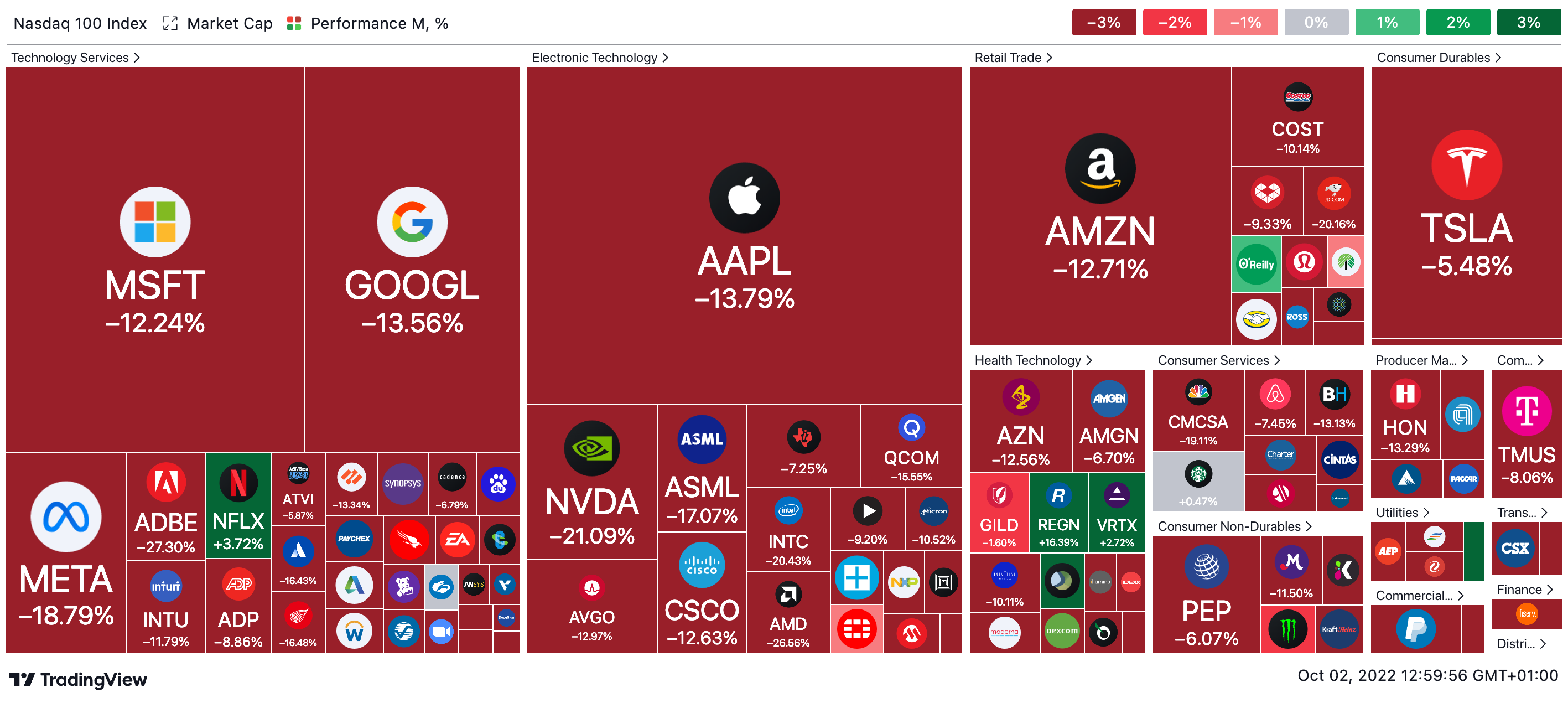U.S. Treasury bills account for 58.1% of stablecoin issuer Tether’s reserves, the firm’s CTO, Paolo Ardoino, said on Monday.
Throughout 2022, Tether has repeatedly made it known that it plans to improve the quality of its reserves, in part, by reducing the amount of commercial paper held in its reserves. As of September 30, it reduced its commercial paper holdings to less than $50 million, Ardoino tweeted. Tether’s U.S. Treasury bill holdings are up over 14% from June 30 to last Friday.
Tether previously shared its plans to reduce commercial paper holdings amid the Terra crisis in May — at the time it had commercial paper holdings of $19.9 billion. This amount was brought down by more than 58% by August 19, when Tether’s disclosures showed commercial paper holdings of $8.5 billion.
#tether portfolio update. Tether as of 30 September 2022 holds ~58.1% of its assets in US t-bills. Up from 43.5% on June 30 2022.
CP exposure is < 50M now.@Tether_to— Paolo Ardoino 🕳🥊 (@paoloardoino) October 3, 2022
Last Thursday, Binance converted all existing balances and new deposits of stablecoins USDC, USDP and TUSD to its own stablecoin, BUSD. In addition to this, it ended trading pairs for the three stablecoins against BUSD and Tether (USDT), as well as major cryptocurrencies, such as BTC and ETH.
JPMorgan analysts believe this will benefit Tether. “In our opinion, this decision is likely to bolster the importance of Tether in the stablecoin universe which had been under threat by USDC,” they wrote in a research note on Wednesday.
Tether is live across eleven different blockchains, compared to USDC’s eight, and its annualized daily trading volume is much higher than USDC — or even BTC and ETH. The investment bank found both of these facts to be beneficial to Tether.
© 2022 The Block Crypto, Inc. All Rights Reserved. This article is provided for informational purposes only. It is not offered or intended to be used as legal, tax, investment, financial, or other advice.
Go to Source
Author: Adam Morgan McCarthy


